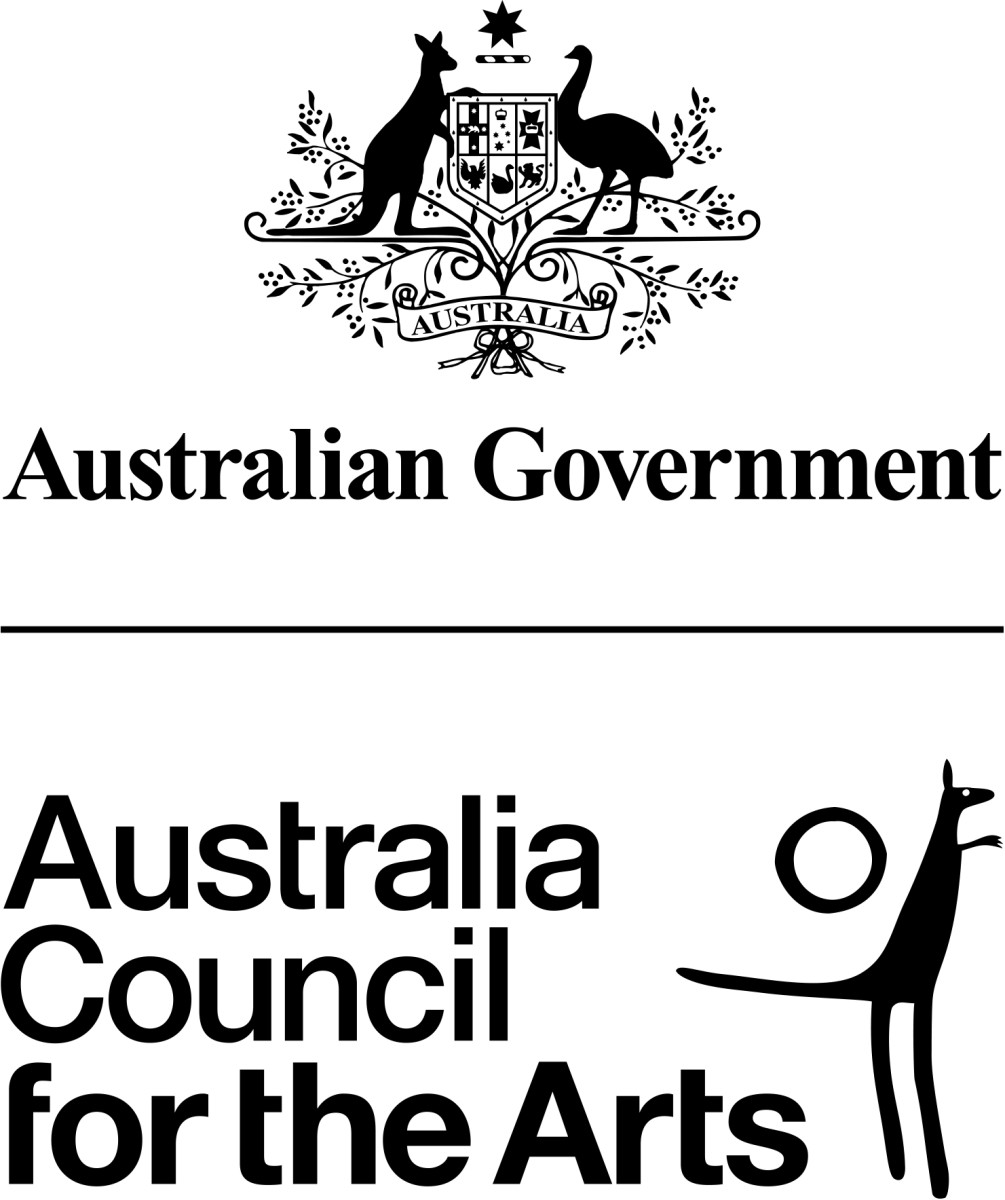Exhibits,
Berwick Street Film Collective, Ursula Biemann, Manuela Gernedel, The Hackney Flashers, Sidsel Meineche Hansen & Therese Henningsen, Morag Keil, Eugenia Lim, Sandra Lahire, Emma Phillips and Zoe Marni Robertson Bodies of Work
Opening: Wednesday 8 May, 6 - 8pm Dates: 8 May - 1 June, 2019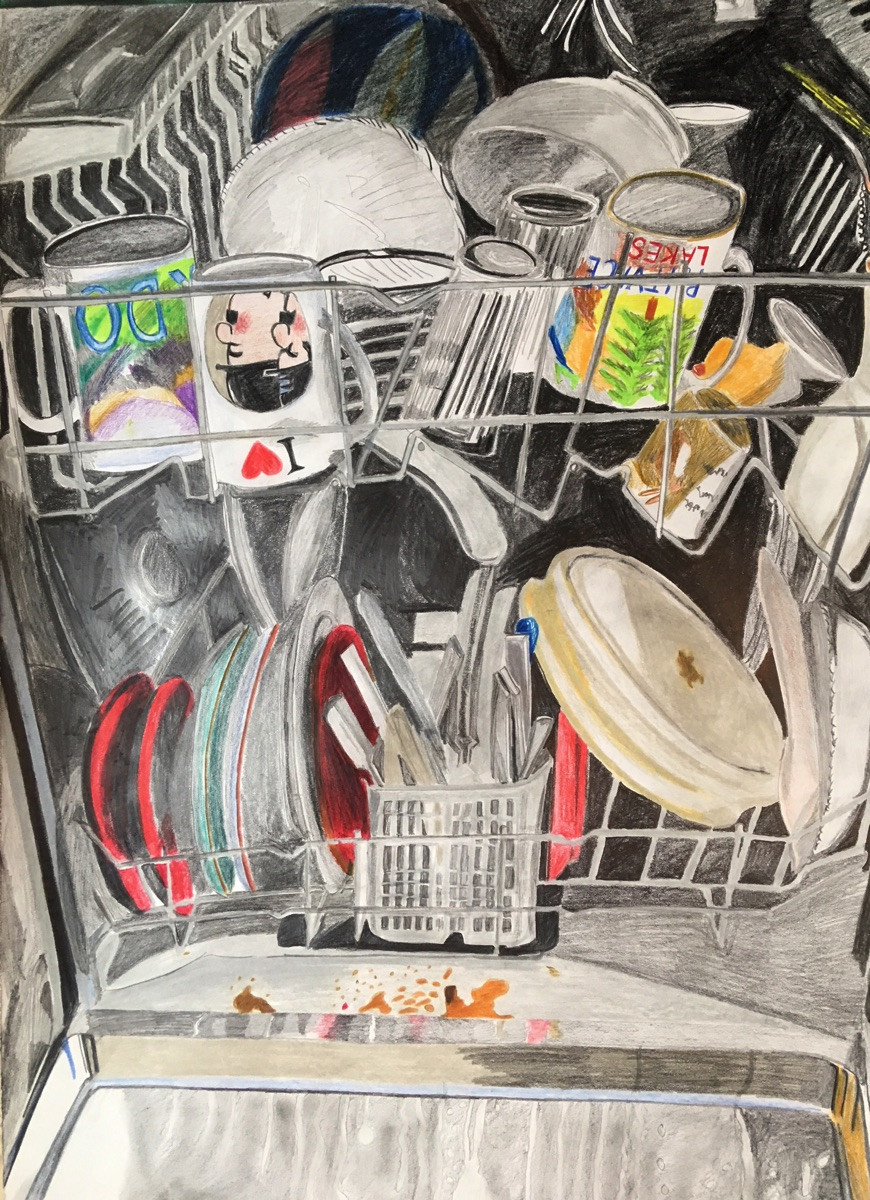
Catalogue essay:
'Bodies of Work'
Benison Kilby
Screening times for Berwick Street Film Collective Nightcleaners, 1975:
- Tuesday-Friday
- 12:00, 13:35, 15:10
- Saturday
- 10:00, 11:35, 13:10
- Evening viewing Thursday 30th May
- 18:00 - 19:35
The current moment has been defined as a moment of crisis both in terms of work and in terms of care or social reproduction, the two are fundamentally entangled and disproportionately lived through by women. The pressures of this integrated crisis have sparked a revival of interest in reproductive labour by a new generation of artists. As low-waged, precarious service work replaces unionised industrial labour in the global North and becomes ‘feminised’, wages fall below the cost of supporting oneself and others. Since the 1970s, the shift to flexible work contracts has been accompanied by the recruitment of more and more women into the paid workforce and the state’s disinvestment from social welfare. Areas of life which were formerly protected, maintained and reproduced by national welfare states, who sought compromises between capital and organised labour, have been transformed into areas of life structured by the principles of market-based competition. Furthermore, by reducing real wages, financialised capitalism has increased the amount of paid work necessary to support a family. So while care work has become the responsibility of families and communities, their capacity to perform it has been diminished. In cases where individuals can afford to pay for domestic help, it is typically provided by migrant women, who are often compelled to leave their own children behind in order to try and make a living. The restructuring of capital to commodify more and more reproductive activities makes it clear that increasingly this type of work cannot be confined to unpaid work in the home.
Taking a number of influential works of feminist labour activism from the 1970s and 80s as a point of departure, Bodies of Work is an exhibition that brings together a group of ten Australian and international artists and collectives using a range of approaches to draw attention to women’s work both inside and outside the home. In many instances, the artists have used artistic processes that resist traditional methods of art production, such as working collectively and using experimental techniques. Their works attest to the multifaceted experiences and effects of work by broaching the related issues of the commodified, discarded and diseased reproductive female body; sex and sexuality; exhaustion and psychic investment. By bringing into dialogue women’s paid and unpaid labour, the exhibition seeks to underline how these two types of work are interrelated. For instance, the fact that the responsibility of domestic work and child rearing still largely falls to women has a direct affect on their paid employment, predisposing women to an increased likelihood of being in casual, part-time and low-paid work. At the same time, forms of work traditionally deemed women’s work and those occupations geared towards women, are also devalued. It is therefore the aim of this exhibition to develop consciousness around the issue of the gendered division of labour and its social construction, with the awareness that it has particular urgency today due to the pressures that the dismantling of the welfare state and the commodification of domestic and care work are placing on women unequally across the globe.
The Berwick Street Film Collective worked together from 1970 – 1978. The group included Marc Karlin, Humphry Trevelyan, Richard Mordaunt and James Scott. During the filming of Nightcleaners they were joined by the artist Mary Kelly. They were a loose collective of individuals for whom making films and doing politics became synonymous during the period. They made three feature length films: Ireland Behind the Wire (1974), Nightcleaners (1975) and ’36 to 77 (1978). Nightcleaners has long been recognised as a landmark of British avant-garde filmmaking.
This project has been assisted by the Australian Government through the Australia Council, its arts funding and advisory body.
Ursula Biemann (b. 1955, Zurich, Switzerland) is an artist, writer, curator and video essayist who early in her career produced a considerable body of work on migration, globalisation and gender, investigating global relations under the impact of the accelerated mobility of people, resources and information. In a series of internationally exhibited video projects, as well as a number of books, she focused on the gendered dimension of migrant labour. More recently she has turned to ecology and climate change. Her research oriented practice spans a range of media including experimental video, text and photography. Her work has been widely exhibited around the world. This includes being featured in international art biennials, such as Sao Paulo, Gwangju, Shanghai, Taiwan, Shardja, Liverpool, Bamako, Istanbul, Montreal, Venice and Thessaloniki.
The Hackney Flashers were a London based socialist-feminist photography collective active from 1974 to 1980. They produced educational and campaigning material including two exhibitions, Women and Work (1975) and Who’s Holding the Baby (1978), which featured black and white photographs, montage, text and cartoons on portable laminated panels. These multi-panel photo-text exhibitions appeared in a range of alternative and community venues, such as the Hackney Town Hall, health centres, libraries, schools, trade union and feminist events. Their agit-prop panels focused on women’s experiences of work and drew attention to the lack of childcare provision available to women in Hackney, East London.
Manuela Gernedel (b. 1982 Bad Ischl, Austria) is an artist and musician. Her expressive drawings and ceramic works delve into her own experiences of domesticity and motherhood. She studied at Glasgow School of Art (BA, Painting 2001-06), Akademie der Bildenden Künste München (2002-04) and Chelsea College of Art and Design (MA, Fine Art, 2008). Her recent exhibitions include: Snakes, Piper Keys, London (2018); Coma, (with Fiona Mackay), Vis, Hamburg, (2018); running away, (with Fiona Mackay), New Jörg, Vienna, (2018) and FridayNight*, (with Fiona Mackay), Belsunce Projects, Marseille (2018).
Sidsel Meineche Hansen (b.1981, Ry, Denmark) is an artist based in London. Her work takes the form of woodcut prints, sculptures, CGI and virtual reality animations, artistic collaborations and seminars which often foreground the body’s relation to the pharmaceutical, porn and tech-industries. A number of works have looked at the way that automation is affecting contemporary labour practices, especially in the sex industry. Her recent solo shows include: An Artist’s Guide to Stop Being an Artist, Statens Museum for Kunst, Copenhagen (2019), Real Doll Theatre, Kunst-Werke Institute for Contemporary Art, Berlin (2018); End-user, Kunsthal Aarhus (2018); OVER, Index, Stockholm (2018); OVER, Ludlow 38, New York (2017); SECOND SEX WAR, Gasworks, London & Trondheim Kunstmuseum, Trondheim (2016) and No Right Way 2 Cum, Transmission Gallery, Glasgow, Scotland (2016).
Therese Henningsen (b. 1987, Aarhus, Denmark) is a filmmaker and visual anthropologist based in London and Copenhagen. She holds an MA in Visual Anthropology from Goldsmiths College (2014). Her recent screenings include: SMK Statens Museum for Kunst, Copenhagen (2019), Whitstable Biennale, Whitstable (2018), Whitechapel Gallery, London (2018), Close-Up Cinema, London (2018), Overgaden Institute for Contemporary Art, Copenhagen (2018) and KW Institute for Contemporary Art, Berlin (2018). She is a member of the film collective Sharna Pax (2013- ongoing) working between the fields of anthropology, documentary and visual arts.
Sandra Lahire (1950 – 2001) was a member of the London Film-Makers Cooperative and a central figure in British experimental filmmaking during the 1980s and 1990s. Her work addresses issues related to body-image, such as the social, material and economic impacts of capitalism on the female body and self. She studied Philosophy at the University of Newcastle-on-Tyne (BA), Fine Art Film at St Martins School of Art (BA 1984) and Film & Environmental Media at the Royal College of Art (MA 1986). Her films have been shown internationally at cinemas and festivals.
Eugenia Lim is an Australian artist who works across video, performance and installation to explore the formation of nationalism with a critical eye. Her work has been exhibited internationally at galleries and festivals, including Tate Modern, Dark MOFO, ACCA, Melbourne Festival, Next Wave, GOMA, ACMI, firstdraft, FACT Liverpool and EXiS Seoul. She has been artist-in-residence with the Experimental Television Centre NY, Bundanoon Trust, 4A Beijing Studio and the Robin Boyd Foundation. She studied at RMIT University and at the Victorian College of the Arts. Lim co-directed the inaugural Channels Festival (2013), was founding editor of Assemble Papers (2011–2016) and co-founded temporal art collective Tape Projects (2007–2013).
Morag Keil (b. 1985, Edinburgh, UK) works across installation, video, painting and drawing, often collaborating with other artists. Her work typically adopts a crude, deskilled aesthetic that incorporates found objects and everyday materials to engage with issues such as gender, domesticity, branding, surveillance and the impact of social media on the performance of identity. She studied at Glasgow School of Art (BA) and Chelsea College of Art and Design, London (MA). Her recent solo exhibitions include: Moarg Keil, Institute of Contemporary Art, London (2019); Here We Go Again, Project Native Informant, London (2018); Controllers, Jenny’s, Los Angeles (2018) and Passive Aggressive 2, Real Fine Arts, New York (2017). She is represented by Project Native Informant, London; Isabella Bortolozzi, Berlin; and Jenny’s, Los Angeles.
Emma Phillips (b. 1989, Mornington, Australia) lives and works in Melbourne. She received a BA from RMIT University, Melbourne, Australia (2010) and an MFA from Hartford Art School, Hartford, Connecticut, USA (2017). Her most recent series of photographs are set around the focal point of the home. The series combines portraiture with more allusive close-ups of interiors and landscapes to address domesticity, the everyday and personal relationships. Her recent solo exhibitions include: Too Much to Dream, ReadingRoom, Melbourne (2018); Greetings, CAVES, Melbourne (2017) and A Light on the Wall, neospace, Melbourne (2016). Phillips is represented by ReadingRoom, Melbourne.
Zoe Marni Robertson works across painting, text, sewing and performance. Her work employs a raw aesthetic which is used to disrupt the hierarchies between manual, intellectual, emotional and craft forms of labour. It frequently alludes to the recent shifts in the economy through ideas of aspiration, new technologies, bureaucracy and emotional investment. She studied at Sydney College of the Arts (MA) and College of Fine Arts, Sydney (BFA). Her recent exhibitions include: Hard Copy, Ankles, Sydney (2018); Acedia, Our Neon Foe, Sydney, (2018); Inside, Paddington Town Hall, Sydney (2017); Apocrypha, Knulp, Sydney, (2017) and New World Order, Casula Powerhouse Arts Centre, Sydney (2016).
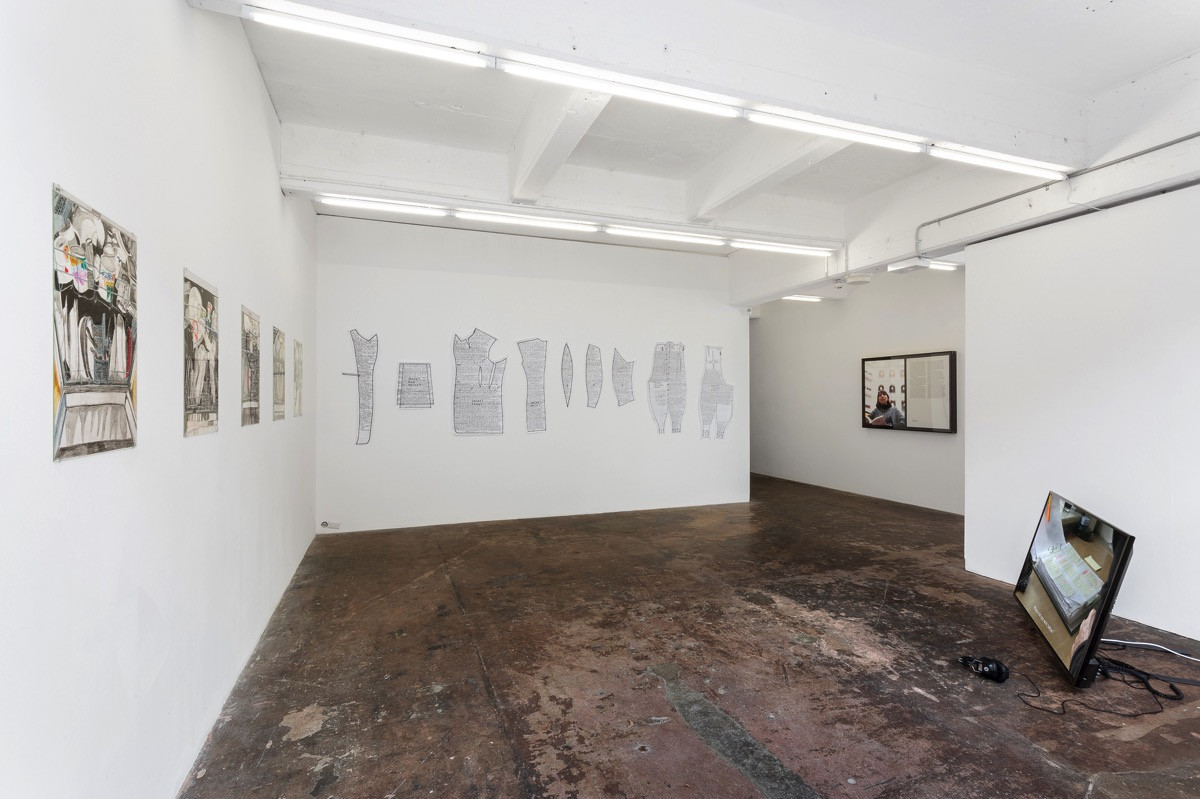
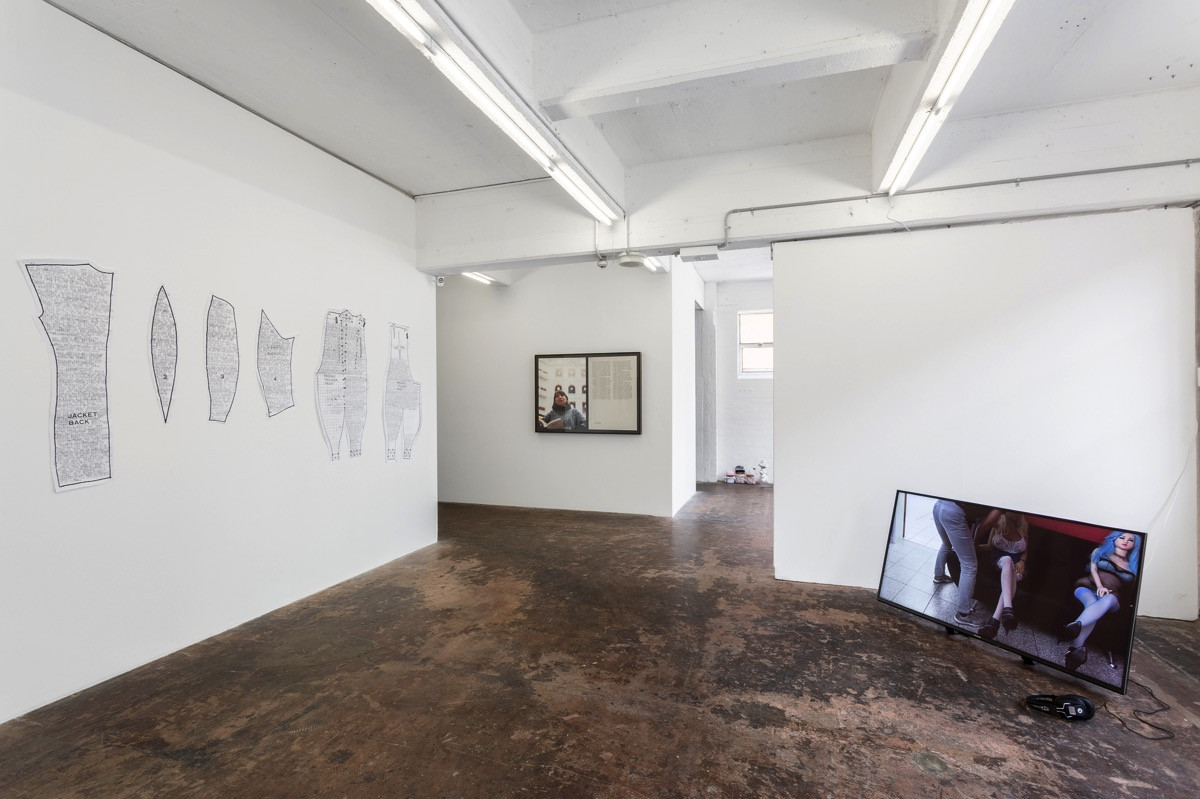
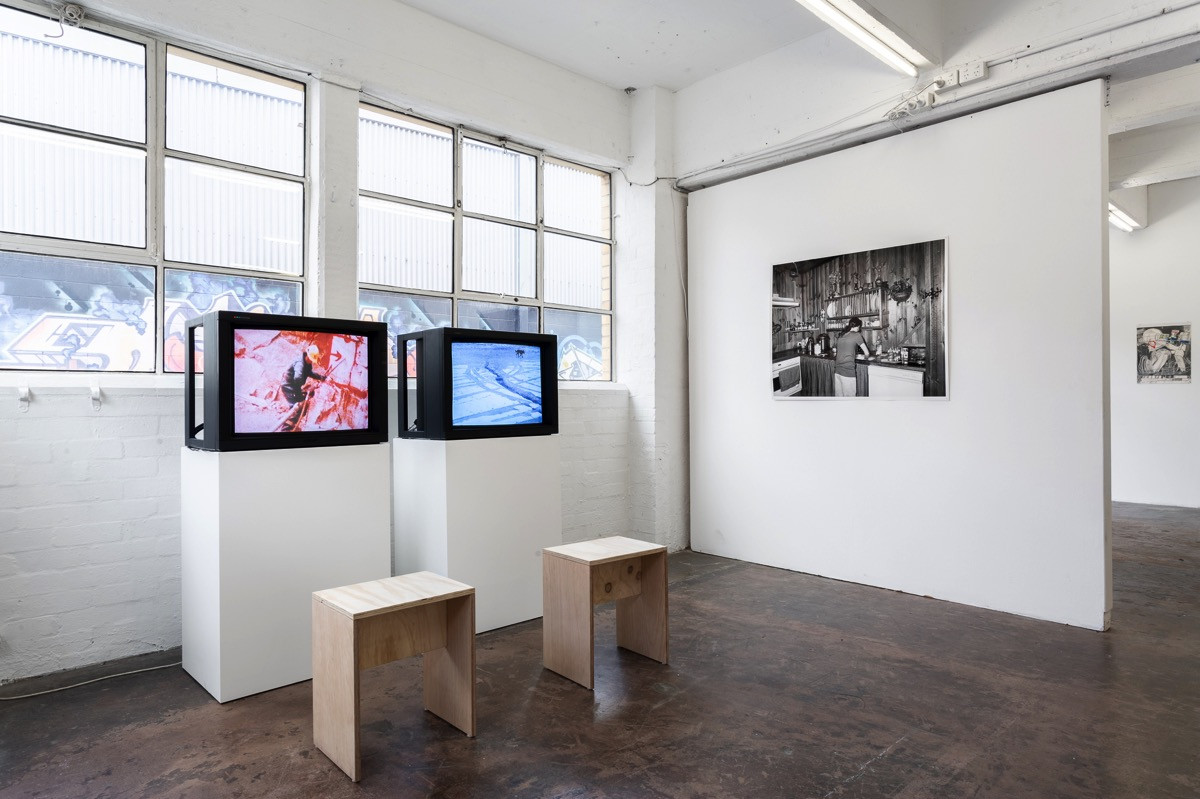
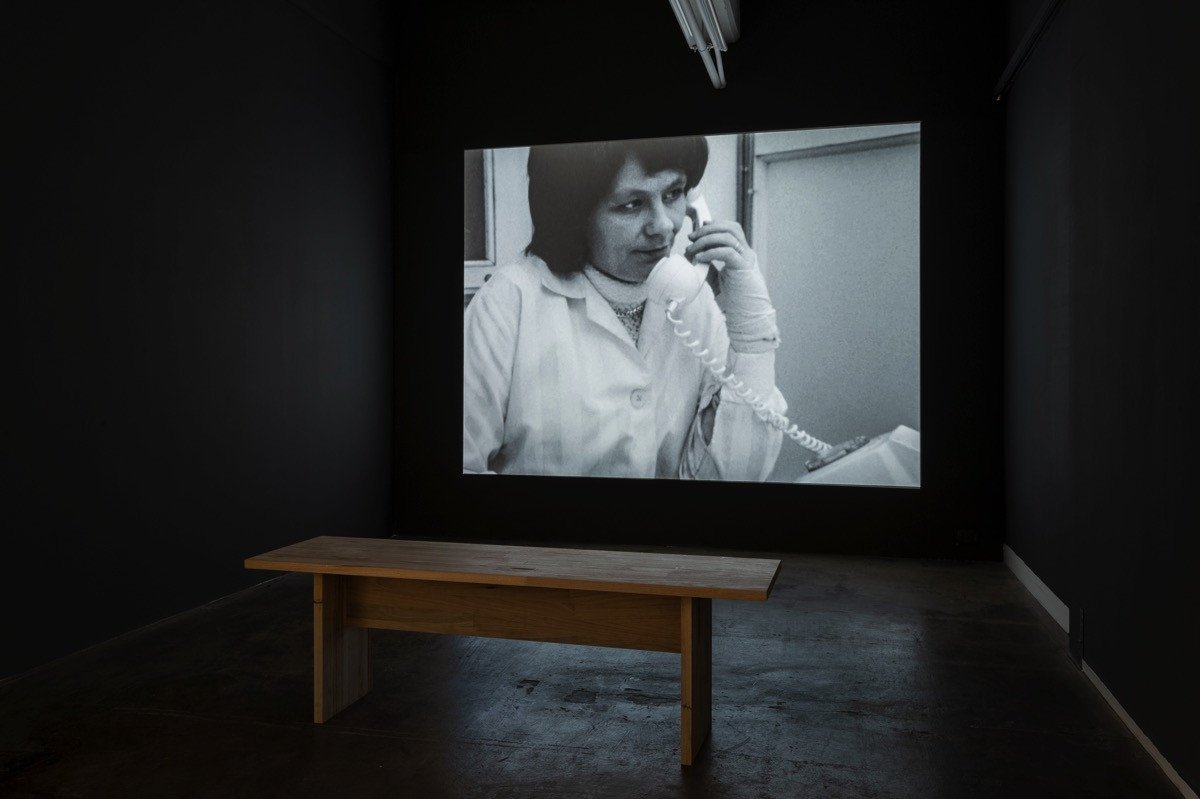
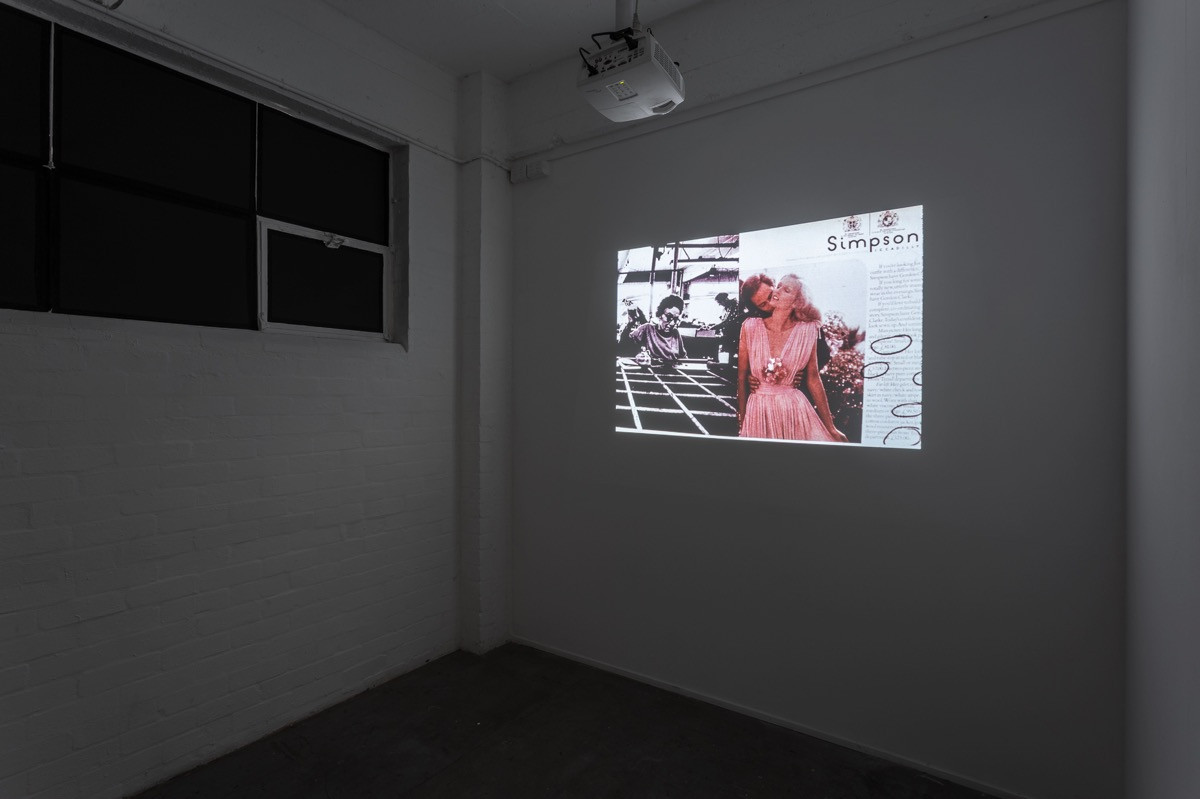
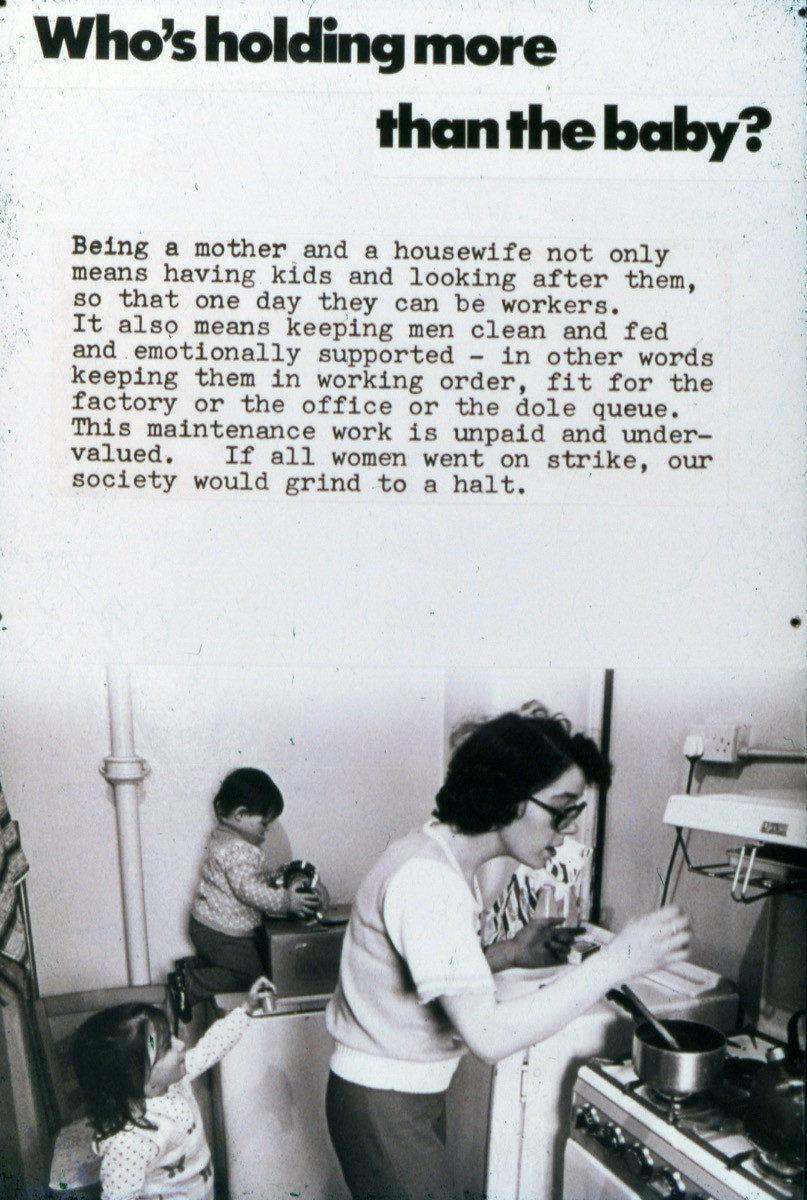
The Hackney Flashers, image from the slide-kit Domestic Labour and Visual Representation, 1980, courtesy of The Hackney Flashers Archive, Bishopsgate Institute, London.
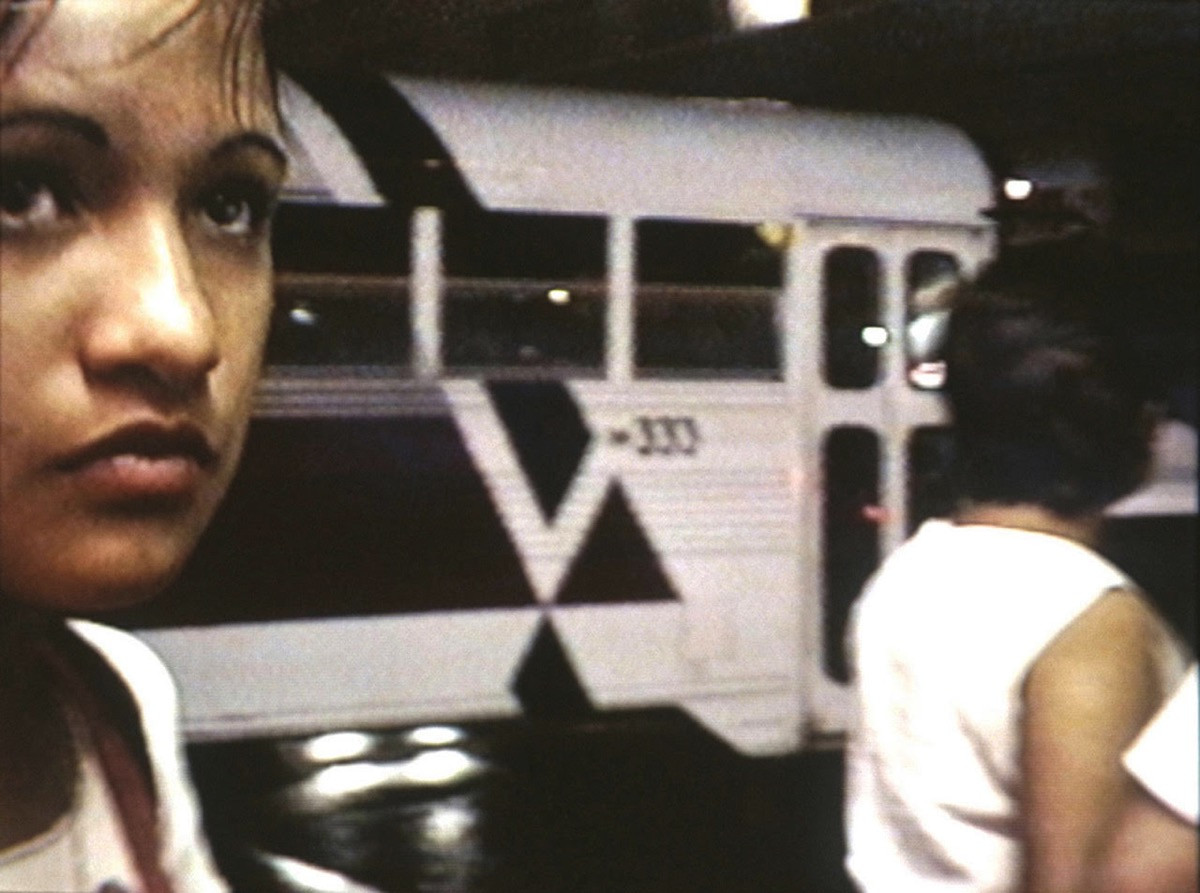
Ursula Biemann, Performing the Border, 1999, 43 min, video still, Courtesy of the artist.
